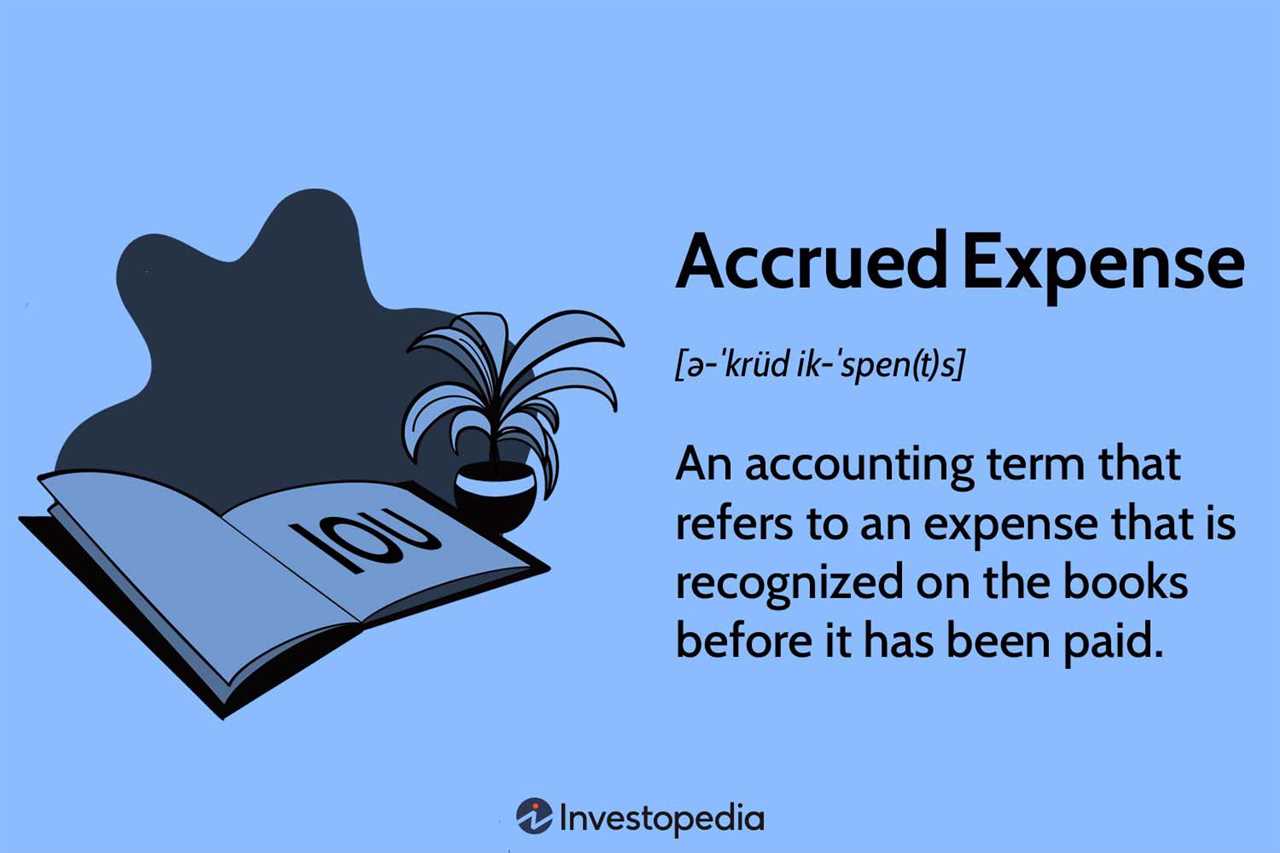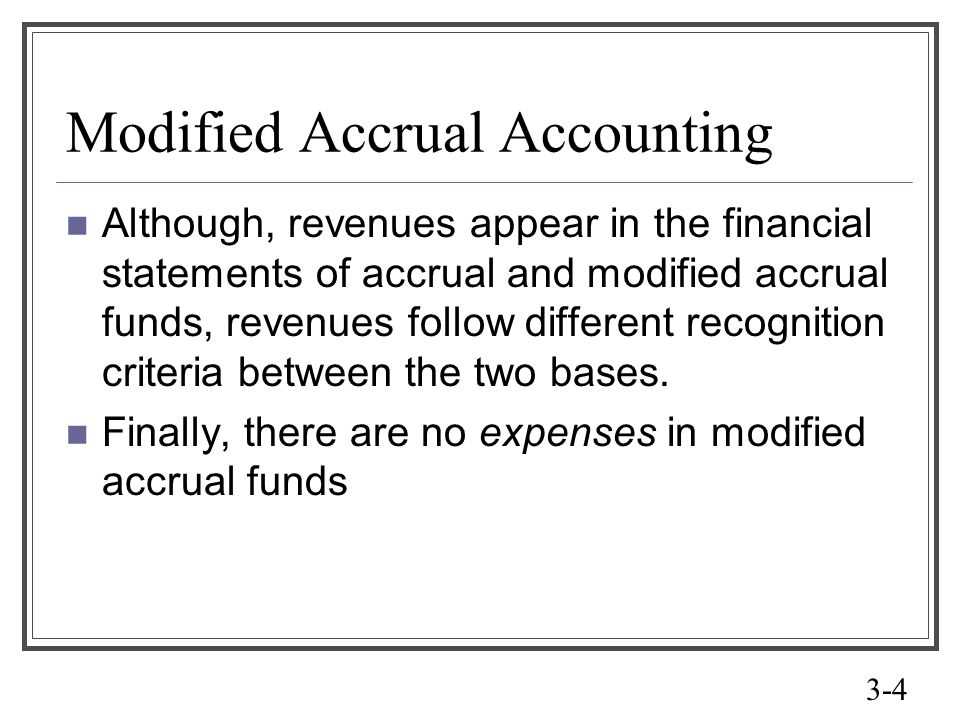Modified Accrual Accounting: A Comprehensive Overview

Modified Accrual Accounting is a method of accounting that combines elements of both cash basis accounting and accrual basis accounting. It is commonly used by governments and non-profit organizations to track and report their financial activities.
Unlike cash basis accounting, which only records transactions when cash is received or paid out, modified accrual accounting recognizes revenue when it becomes measurable and available, and expenses when they become due. This allows for a more accurate representation of an organization’s financial position and performance.
Modified accrual accounting also incorporates elements of accrual basis accounting, which recognizes revenue when it is earned and expenses when they are incurred, regardless of when cash is received or paid out. This provides a more comprehensive view of an organization’s financial activities over a given period of time.
One of the key features of modified accrual accounting is the use of fund accounting. This involves segregating financial resources into different funds, each with its own set of accounting rules and regulations. This allows for better tracking and reporting of financial activities related to specific programs or projects.
Another important aspect of modified accrual accounting is the use of budgetary accounting. This involves comparing actual financial results to budgeted amounts, and analyzing any variances. This helps organizations to better manage their financial resources and make informed decisions.
Overall, modified accrual accounting provides a comprehensive and accurate picture of an organization’s financial activities. It combines the simplicity of cash basis accounting with the accuracy of accrual basis accounting, making it a valuable tool for governments and non-profit organizations.
Definition of Modified Accrual Accounting

Modified Accrual Accounting is a method of accounting that combines elements of both cash basis accounting and accrual basis accounting. It is commonly used by government entities and non-profit organizations to track and report their financial transactions.
Under modified accrual accounting, revenues are recognized when they become both measurable and available. This means that revenue is recorded when it is earned and there is a reasonable expectation that it will be collected in the near future. On the other hand, expenses are recognized when they are incurred, regardless of when the payment is made.
One of the key features of modified accrual accounting is the concept of “availability.” Revenue is considered available when it is collectible within the current period or soon enough thereafter to be used to pay current liabilities. This ensures that revenue is only recognized when it can be used to fund the organization’s ongoing operations.
Key Principles of Modified Accrual Accounting
- Recognition of Revenue: Revenue is recognized when it becomes both measurable and available.
- Recognition of Expenses: Expenses are recognized when they are incurred, regardless of when the payment is made.
- Availability: Revenue is considered available when it is collectible within the current period or soon enough thereafter to be used to pay current liabilities.
- Consistency: Modified accrual accounting requires consistency in the application of accounting policies and procedures.
Functionality of Modified Accrual Accounting

Modified Accrual Accounting is a method of accounting that is commonly used by government entities. It is a modified version of accrual accounting that incorporates elements of cash accounting. The functionality of modified accrual accounting is designed to meet the specific needs and requirements of government entities.
One of the main functions of modified accrual accounting is to provide a clear and accurate picture of a government entity’s financial position. This is achieved through the use of specific rules and principles that govern the recognition and measurement of revenues and expenses.
Expenses, on the other hand, are recognized when they are incurred. This means that expenses are recognized when the government entity receives goods or services, regardless of when the payment is made. This allows for a more accurate reflection of the government entity’s financial obligations.
Another important functionality of modified accrual accounting is the tracking and reporting of assets and liabilities. Government entities often have a wide range of assets and liabilities, including infrastructure, equipment, and long-term debt. Modified accrual accounting provides a framework for tracking and reporting these assets and liabilities, ensuring that they are properly accounted for and disclosed in the financial statements.
Additionally, modified accrual accounting allows for the tracking and reporting of fund balances. Government entities often have multiple funds, each with its own set of revenues and expenses. Modified accrual accounting provides a mechanism for tracking the balances of these funds, allowing for a more accurate assessment of their financial health.

Emily Bibb simplifies finance through bestselling books and articles, bridging complex concepts for everyday understanding. Engaging audiences via social media, she shares insights for financial success. Active in seminars and philanthropy, Bibb aims to create a more financially informed society, driven by her passion for empowering others.
